11 Signs a New Restaurant Is Worth Trying, According to Experts

For food lovers, there's not much more exciting than seeing a new restaurant opening in the neighborhood. Some check local websites or social media to get the scoop, others might drive or walk by to try and get a peek. But are there any methods or techniques the experts use to determine if a new restaurant is worth trying?
Before going out and dropping your hard-earned cash on a mediocre meal, read what our experts and chefs say about spotting a great new spot—and what red flags to look for! Some are as simple as checking out what real people are saying on social media and listening to the spots (unpaid) cheerleaders, but others are industry secrets that will point you in the right direction—before you make an expensive mistake.
Don't go opening night

While you may be eager to check a new spot out, a better experience may be had if you give it a couple of weeks, says Rick Camac, Executive Director of Industry Relations at the Institute of Culinary Education.
"Let a place get settled in before going," says Camac. "Day one (or even week one) is fun but it's highly unusual that the team has had enough time to get their collective act together. That's why the New York Times used to give us about three months before reviewing. These days, it's more like six weeks, due to the advent of bloggers beating them to the punch."
Note how guests are greeted
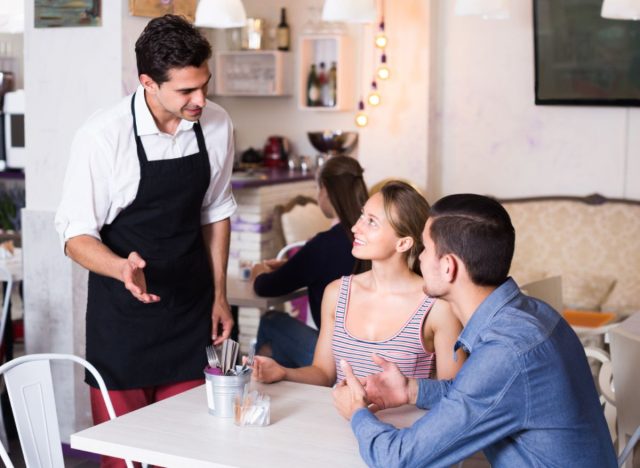
Izzy Kharasch, a restaurant consultant in Chicago, says that how you're greeted when you walk in is a big tell about the restaurant's service. "I went to a new restaurant last week," Kharasch said. "We walked in, no one greeted us and no one was working the bar. Eventually, we figured out where to order our food. The staff essentially ignored us and my thought was we should go somewhere else. Unfortunately, we stayed, had mediocre food with terrible service! While we dined, three groups of people walked in the door, looked around, and left. I should have listened to that little voice in my head."
Scan social media

Take a look at those tagged photos to see what you're in for, says Michael DeLone, the Executive Chef and owner of Nunzio in New Jersey. "Check social, but only what looks like non-curated, non-professional pics and never the comments," warns DeLone. "While the restaurant should hopefully have the kinks worked out, they may not and deserve at the very least a visual fighting chance based on what your own expectations are regarding the back of the house. I suggest taking a look at photos guests have taken by looking at tagged images or the location tag."
Stop in for a drink
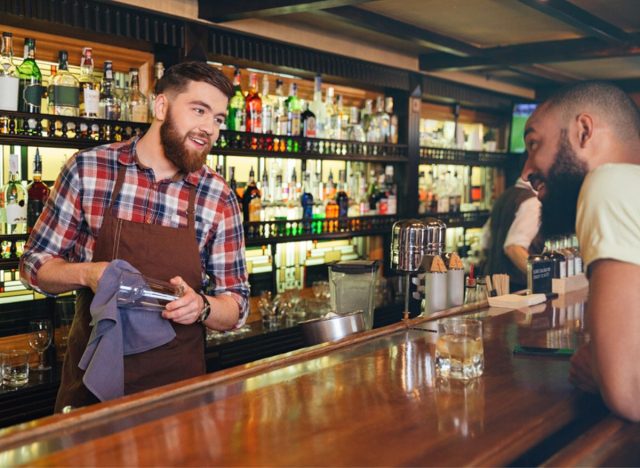
Try a low-effort and cost visit before splashing out, says DeLone. "Go for a cocktail or if it's a BYO (like in our case) then lunch before you commit fully to a dinner," the chef explains. "Watch what comes out of the kitchen. Listen to what most people are ordering. Pay attention to every detail while there, from the quality of food to levels of service. Dip the toe in before diving headfirst."
Look for a curated menu
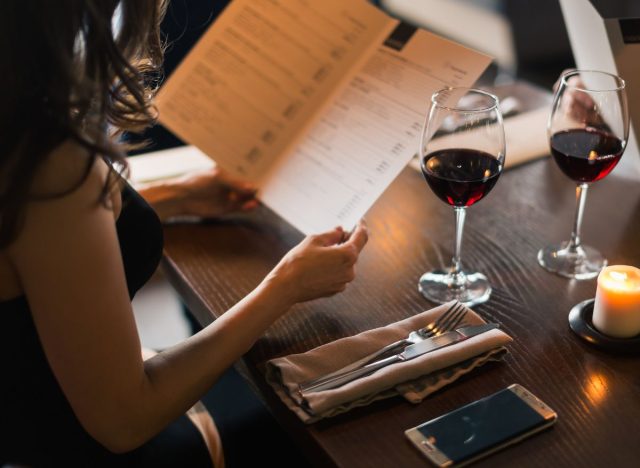
You want to hit a spot that does a few things well, and doesn't try to do everything, explains DeLone. "Look for smaller menus with a focus. If a chef is trying to do too much, it might not be a good sign. Instead, look for quality over quantity," he explains. "At our restaurant, our menu is seasonally focused with a few year-round staples, and dishes always feature house-made items like our handmade pasta. Dedication to technique always impresses me more than an endless list of options."
Word of mouth

Keep your ear to the ground and listen to what people you trust have to say, says Camac. "Get the scoop from someone you know, whose taste you trust. Hearing the same from a second source is even better. Reach out to foodie friends on Instagram and other social media sites, whose taste I trust, based on their posts (and where they go)," he explains.
Check out their online presence

This one tip from Camac is so easy, but also really helpful. "Look at their website," he says. "Do you like the menu? Look at their other website pages. Is it outdated? A lack of attention to detail is often echoed when you get to the venue." A broken website with no information indicates the owners don't care enough to bother, and how much do they care about your meal in that case?
Josh Luger, Co-Owner of Capital Tacos in Florida agrees. "You can learn a lot about a brand by understanding what inspires their food, what their mission is, and what their menu consists of and food looks like," he says. "If their menu makes your mouth water, that's a good sign. If their mission speaks to you, that's another good sign. If they can point towards awards and distinctions they've been awarded, yet another good sign!"
Read reviews

This one is super obvious, but it can be helpful, especially if you can find an outlet that aligns with your taste. "Go to blogs and other media you trust," says Camac. "I like the New York Times, The Infatuation, Condé Nast, Time Out, Forbes and lists such as the Pellegrino Best 50. I stay away from Yelp and Trip Advisor, among others."
Avoid places with house wine
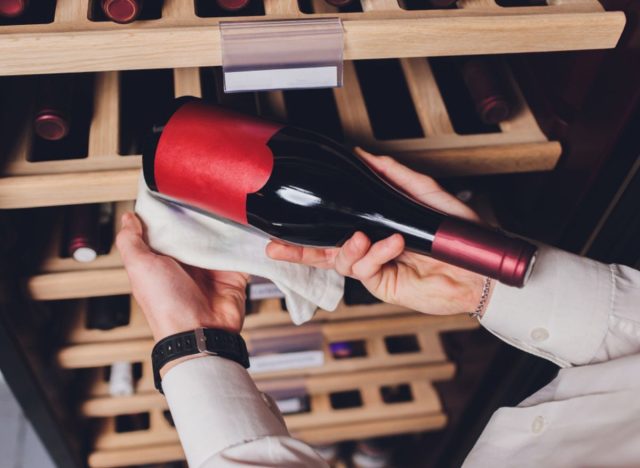
This is a personal preference, but according to Paul Kushner from MyBartender, it's important. "Okay, this is a little bit snobby, but I think you're more likely to find a curated wine list at a great restaurant, and more likely to find a generic house white and house red at a mediocre restaurant," says the beverage expert. "House wines are typically middle-of-the-road blends that don't clash with much but also don't make the food shine. Professional sommeliers carefully assess the menu and design wine lists that will enhance the dishes served rather than please as many customers as possible with a single blend. It's just more personal and thoughtful!"
Look for happy staff
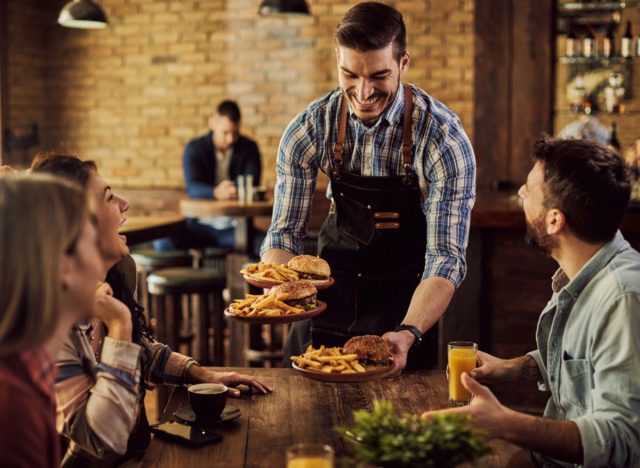
If the team doesn't love working at a restaurant and doesn't have the process down, you might want to skip, says Kushner. "Before even considering what is on the menu, observe the restaurant staff: do they seem panicked and take a while to check in with your table, or are they attentive and having a great time at work," he told us. "In new restaurants, staff training is crucial for a great dining experience, and seeing staff that are relaxed, confident and who enjoy their work environment is a big sign of how the owners operate."
Jelena Pasic, Founder, Harlem Shake, adds, "If you see an upbeat team that's well organized, that's a good sign. Servers who are excited and knowledgeable about food indicate that management has the same attitude, so you are likely to encounter a good flavor."
Trust your gut
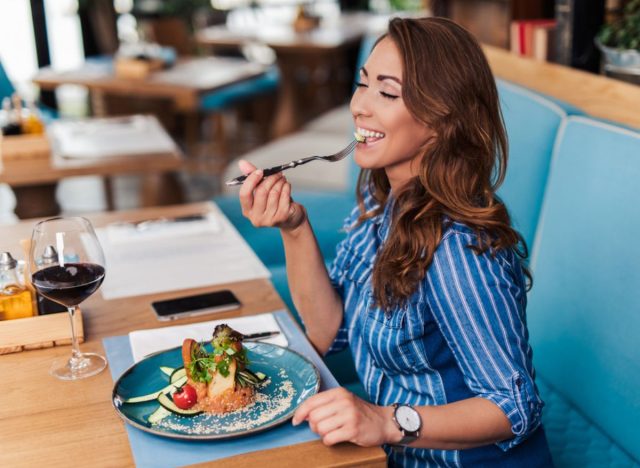
You know what appeals to you, and it's important to trust your instincts, says Jenny Hunter, founder of Happy Muncher. "At the end of the day, trust your gut. If something feels off or you're not comfortable with something, it's probably best to steer clear," she says. "There are plenty of great restaurants out there, so there's no need to force yourself to like one that you don't." We couldn't agree more.








